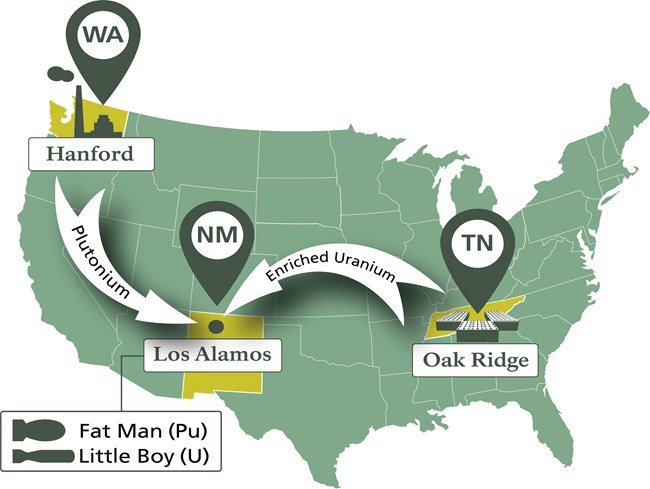
Established in 2015, the Manhattan Project National Historical Park preserves and interprets the nationally significant historic sites, stories, and legacies associated with the top-secret race to develop atomic weapons during World War II. In August of 1945, the US dropped atomic bombs on Hiroshima and Nagasaki, Japan. This helped to bring an end to WWII and forever obligated future generations to live in a profoundly changed and nuclear world. The Manhattan Project quickly grew from its New York Manhattan District headquarters to more than 30 top-secret sites around the country. The smaller sites supported work at the project’s three primary centers of operations: Hanford, Washington; Los Alamos, New Mexico; and Oak Ridge, Tennessee. Most of the research, innovation, production, and weapons fabrication occurred at these three locations. Today, we partner with these communities to interpret Manhattan Proj 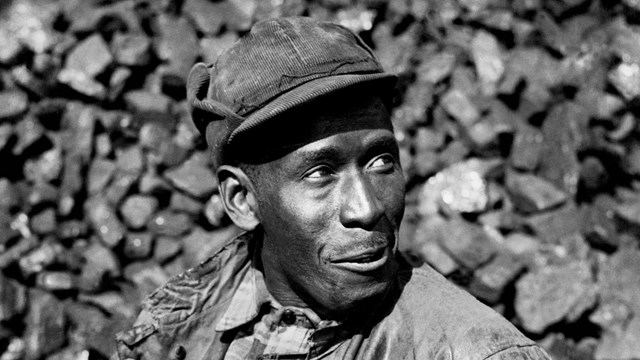
History & Culture
Learn about the history and culture of the Manhattan Project. 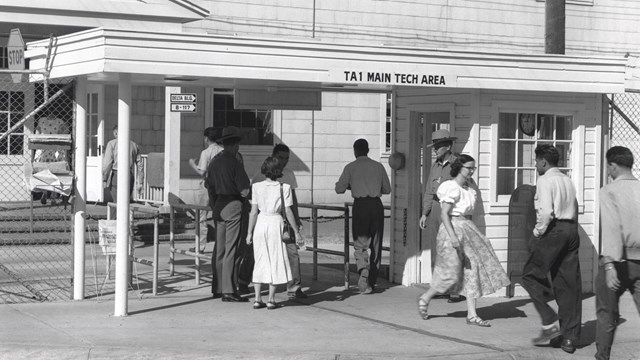
Science & Engineering
Learn about the science and engineering of the Manhattan Project. 
News
Learn about the Manhattan Project's latest news and events. 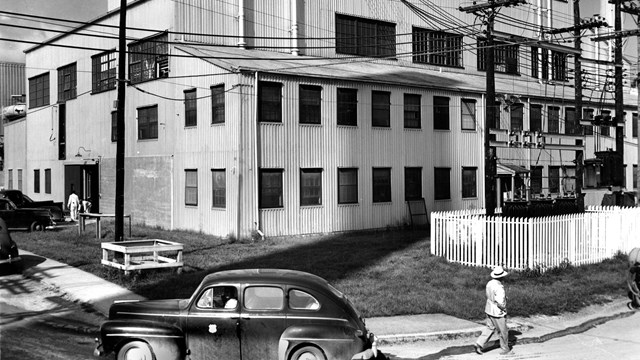
What is the Manhattan Project?
Read an introduction to the Manhattan Project. 
Photos & Multimedia
Explore our photos, app and multimedia. 
Kids & Youth
Become a Junior Ranger! 
Education
Explore Manhattan Project education programs and curricula. 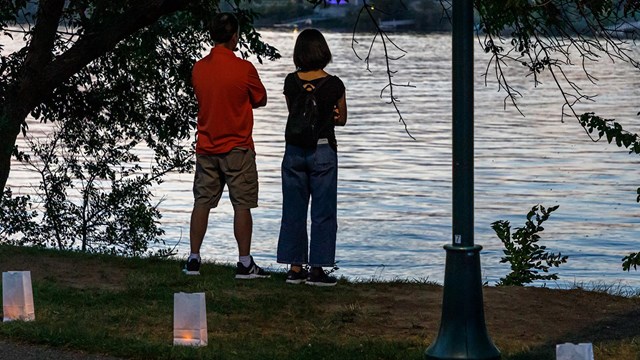
Reflection
Learn about our Days of Peace and Remembrance. 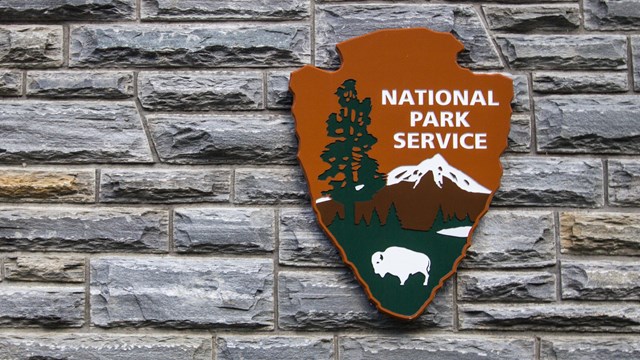
Management
Learn about the management of the park. 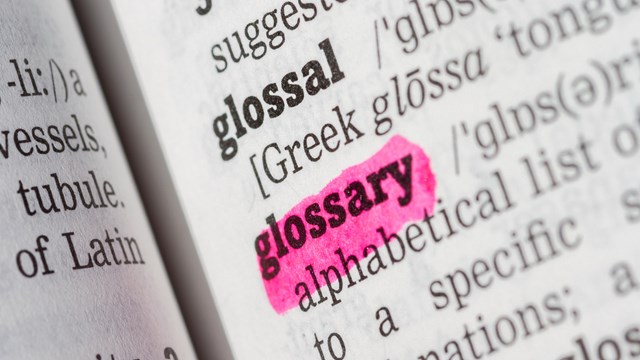
Glossary
Explore a glossary of scientific, historical, and social terms related to the Manhattan Project. |
Last updated: April 17, 2025

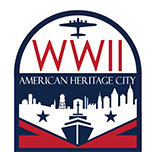 ect history and its enduring legacies. All three communities are designated as
ect history and its enduring legacies. All three communities are designated as